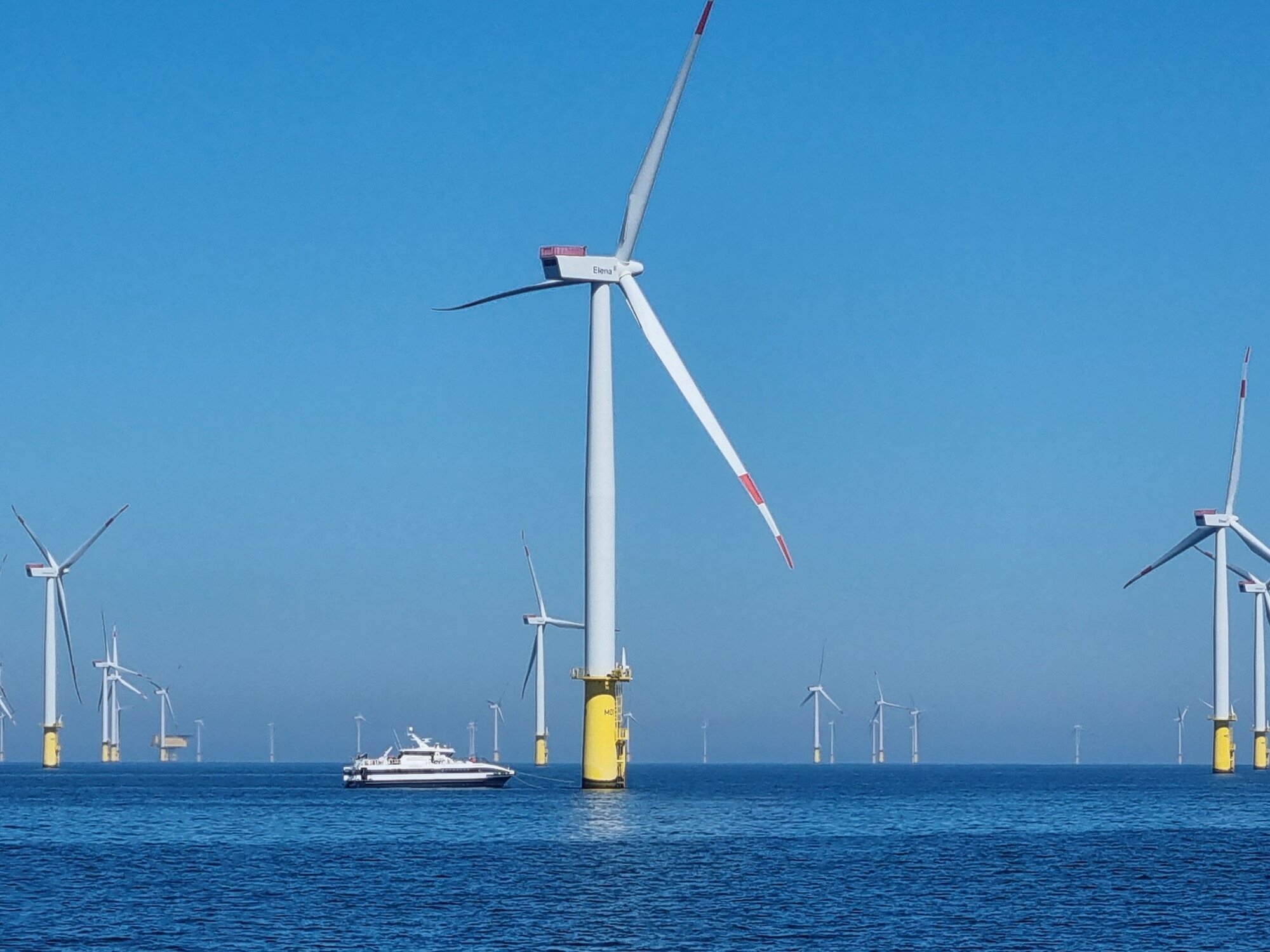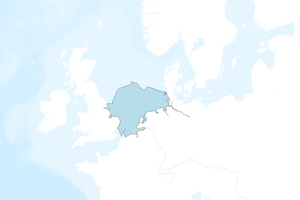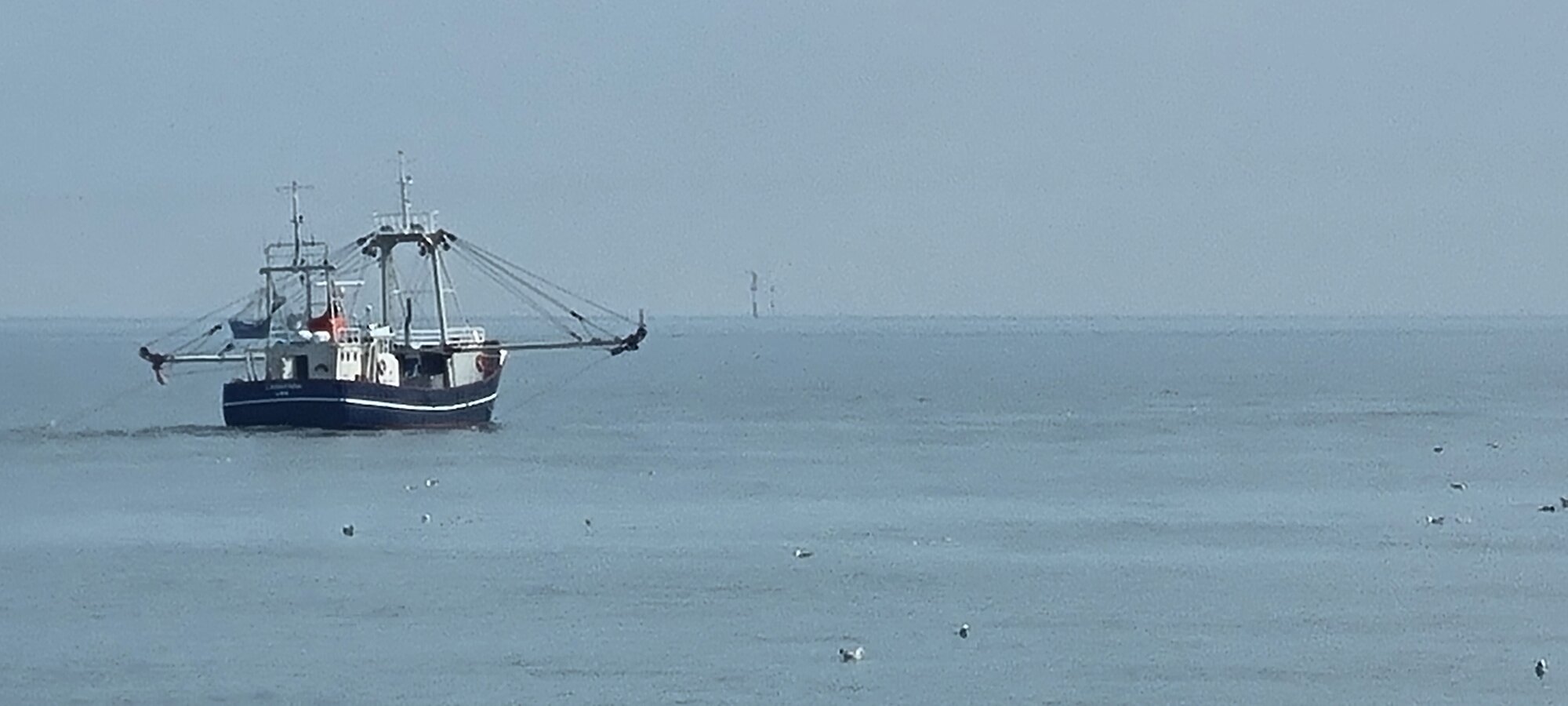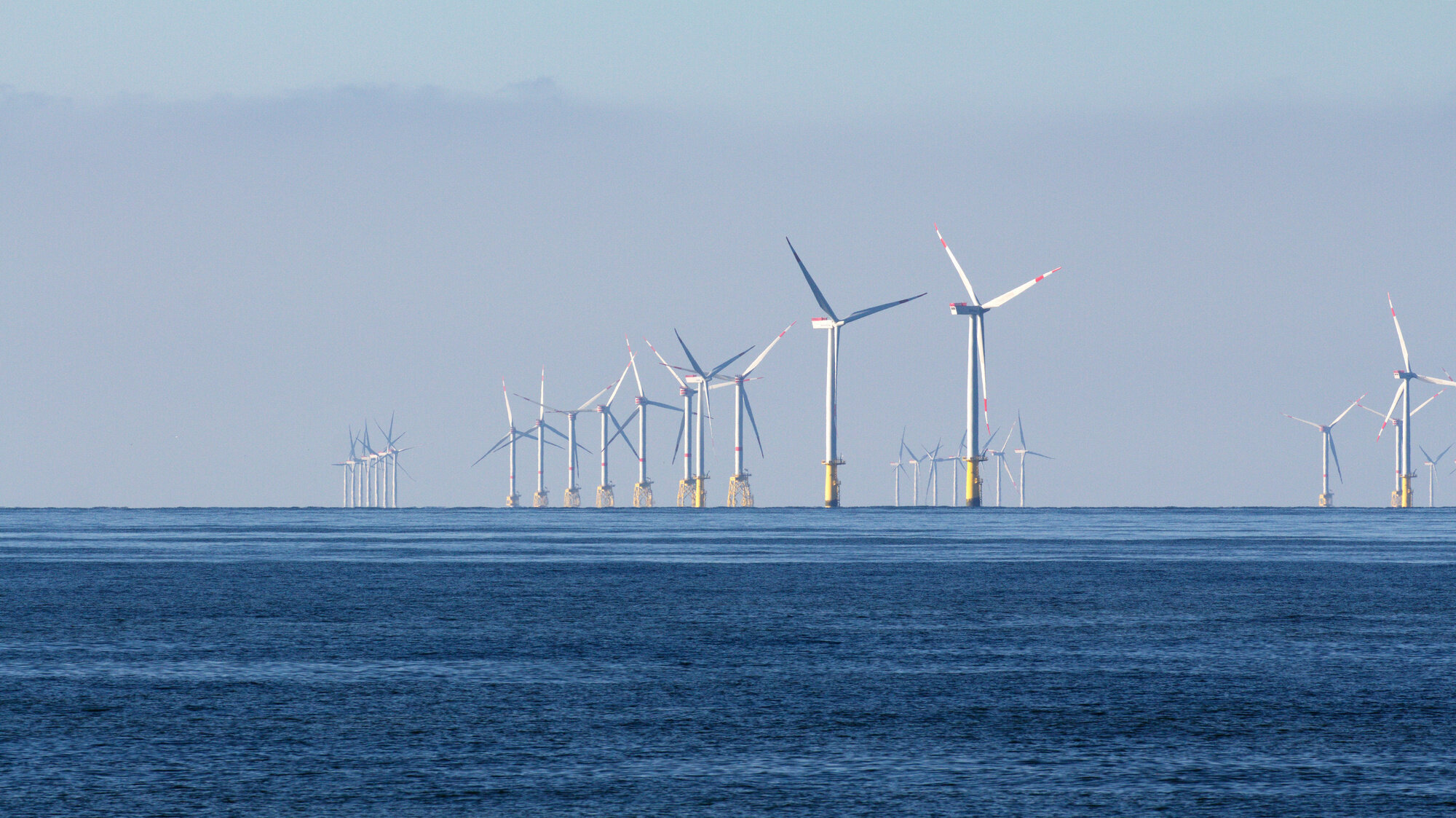Southern North Sea
Planning Site Focus
The Southern North Sea planning site’s main focus will explore the production of transboundary scenarios for achievement of the 2030 Biodiversity goals, in collaboration with the countries’ policy makers and other relevant sectoral stakeholders.
The Southern North Sea (SNS) is one of the world’s most urbanised and industrialised maritime areas. The Planning Site will use existing data on ecological features and human activities available at data portals such as EMODNET, ICES DATRAS, OSPAR ODIMS or COPERNICUS and develop EB-MSP scenarios to 1) identify the 10% area of strict protection and 2) focus on other effective conservation measures (OECMs) such as multi-use and co-location for the other 20% of protected area. Extensive areas for offshore renewables have been allocated, some of them located in NATURA 2000 sites, with unknown effects of these new artificial habitats on prevailing ecosystem functions and processes.
The zonation of existing NATURA 2000 sites will be contrasted with EBSA criteria, while additional conservation and restoration priorities may be suggested involving artificial habitats. Furthermore, the effects of fishing effort displacements, other changes in cumulative impacts in combination with climate change will be considered. As the SNS is a transboundary Planning Site, emphasis will be given to the concept of ‘connectivity’ in its broadest sense. In addition to ecological connectivity, which is a cornerstone to EB-MSP and will be assessed through drift models, the current legal, sectoral and economic connectivity will be mapped out in order to identify barriers and opportunities to achieve EU 2030 Biodiversity targets. Trade-offs of EB-MSP planning options will be of particular interest for stakeholders at regional scales such as OSPAR, ICES, NGOs (Birdlife, WWF, Seas At Risk), fishing industry (EAPO, Europeche), ORE (WindEurope, Ocean Energy Europe), but also for respective national authorities responsible for the MSP, MSFD and MPA designations. Furthermore, the Planning Site will take advantage of results of previous projects such as MESMA, ODEMM, or CERES and engage with ongoing EU projects such as SEAwise and FutureMARES.









